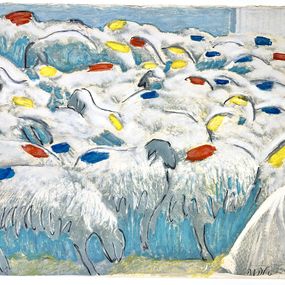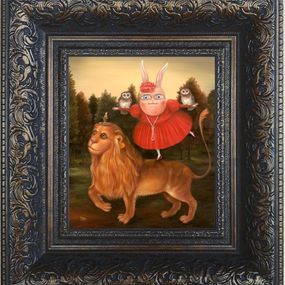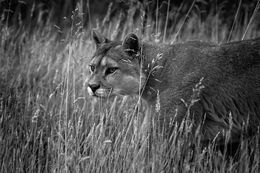
Animal Photography for Sale
“Art is continually haunted by the animal," wrote Gilles Deleuze and Félix Guattari in the 70s. Indeed our animal friends make frequent appearances in artists' works, especially photographers.
Animals are a pervasive source of inspiration and can be found everywhere: open spaces, the savannah, in meadows, or even your back garden. Both professional and amateur photographers do their best to capture the diversity of wildlife and many travel the world hoping to come face to face with some of the rarest species.
Wildlife photography has now become an art of its own, made famous by documentaries and magazines such as National Geographic and Terre Sauvage. By using photographic techniques such as aerial or underwater shots, this artistic practice incites us to travel and let our mind wander to breathtaking landscapes or mountain and exceptional lighting.
The genre started to develop well after the invention of photography by Daguerre in 1842. Back then, even taking a simple portrait was a major undertaking. At the end of the 19th century, a photographic safari was often a full-blown expedition, with a team of porters handling the heavy equipment. The long exposure time required to fix the image onto a plate made it very difficult to capture animals as they were elusive and didn't stay put for long, especially in their natural habitats. For this reason, wildlife photography only gained more traction 100 years later when faster shutters speeds made it easier to photograph moving animals. Nonetheless, some of them take Polaroid as well.
Today, technological progress makes it possible for photographers to capture galloping horses and speedy cheetahs from far away. However, photographs still need to arm themselves with patience and the ability to stay discreet if they hope to get the perfect shot of the world's most stunning wildlife.
So how do photographers capture the intensity of wild animals? Wildlife photography is a very demanding discipline and there are several techniques which enable photographer get the widest angle and best framing possible. Camouflaging techniques are used to enable the photographer to get as close as possible to the animal. Similar to snipers, the wildlife photographer uses elements of nature and wears camouflage print to not disturb the animal, win its trust, and be able to get the right shot at the right time. Photographers might also choose to leave a camera hidden and control it remotely. Infrared systems, powerful lenses and automatic flash all help the photographer work from a distance. The preparation is done well in advance and requires a perfect knowledge of the animal's habits in order to obtain impressive images.
Nature is an ideal playground to explore one's artistic style. Many artists travel around the world trying to capture exceptional shots of unique animals. Famous wildlife photographers include Bence Maté, who captures photos of birds such as hawks in flight, as well s Jim Brandenburg and Nick Brandt.
Nature is an ideal playground to explore pictorial style. In fact, many artists have played the game and traveled the world in search of exceptional shots of animals. Find on Artsper the beautiful photos of Sara Hoummady, Henry Ausloos, Brad Wilson and many others... Come and discover our unique selection of landscape photographs, especially of mountains, by great photographers.
Save your search and find it in your favorites
Save your search to find it quickly
Saved search
Your search is accessible from the favorites tab > My favorite searches
Unsaved search
A problem occurred


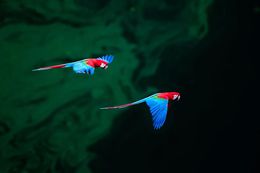
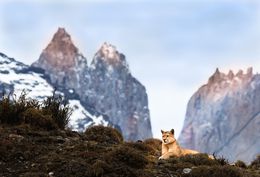
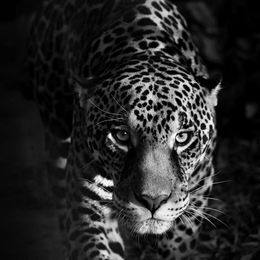

White Noise
Chien Hua Huang
Photography - 75 x 75 x 4 cm Photography - 29.5 x 29.5 x 1.6 inch
£2,938

Terra Incognita - Breathe
Guillaume Pépy
Photography - 70 x 105 cm Photography - 27.6 x 41.3 inch
£1,224

Terra Incognita - Icare
Guillaume Pépy
Photography - 105 x 70 cm Photography - 41.3 x 27.6 inch
£1,224
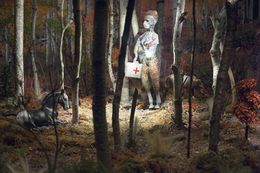
The vet (and the darkest one)
Diana Thorneycroft
Photography - 73.7 x 111.8 x 0.3 cm Photography - 29 x 44 x 0.1 inch
£3,498
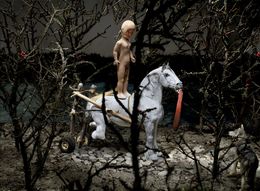
Red-berry Girl (with Grace)
Diana Thorneycroft
Photography - 73.7 x 101.6 x 0.3 cm Photography - 29 x 40 x 0.1 inch
£3,498

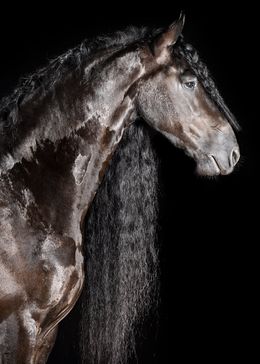
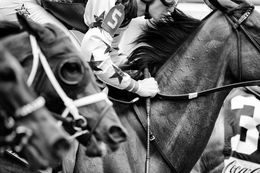
Constelattio, Horse Portrait, Equine Beauty
Raphael Macek
Photography - 100 x 150 cm Photography - 39.4 x 59.1 inch
£7,871

Perfectio, Horse Portrait, Equine Beauty
Raphael Macek
Photography - 120 x 180 cm Photography - 47.2 x 70.9 inch
£9,183

Reverentia, Horse Portrait, Equine Beauty
Raphael Macek
Photography - 120 x 180 cm Photography - 47.2 x 70.9 inch
£9,183

Serenitas, Horse Portrait, Equine Beauty
Raphael Macek
Photography - 120 x 180 cm Photography - 47.2 x 70.9 inch
£9,183
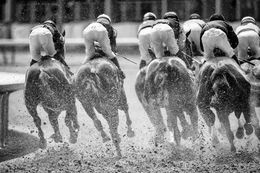




Constellatio, Horse Portrait, Equine Beauty
Raphael Macek
Photography - 120 x 180 cm Photography - 47.2 x 70.9 inch
£9,183

Still Life (Skull and Falcon)
Larry Snider
Photography - 30 x 40 x 1 cm Photography - 11.8 x 15.7 x 0.4 inch
£262



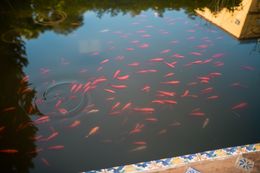
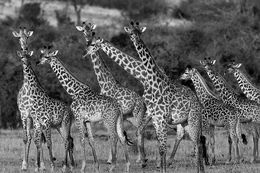
Giraffes, Tanzania, Africa
Araquém Alcântara
Photography - 30 x 45 x 1 cm Photography - 11.8 x 17.7 x 0.4 inch
£2,799
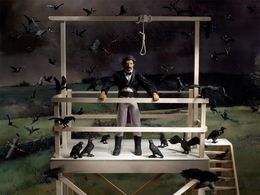
A people’s history (Riel)
Diana Thorneycroft
Photography - 53.3 x 73.7 x 0.3 cm Photography - 21 x 29 x 0.1 inch
£3,061
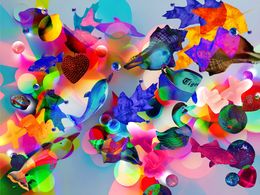
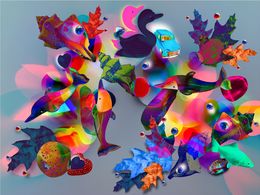
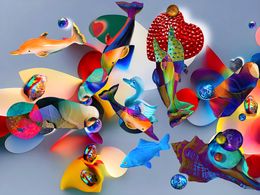
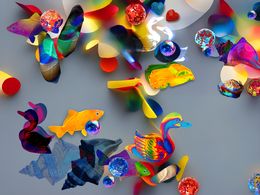
Yellow Ferdinand
Eric Deper
Photography - 75 x 100 x 0.1 cm Photography - 29.5 x 39.4 x 0 inch
£3,017

The Blue BRM N°5 / 2
Eric Deper
Photography - 75 x 100 x 0.1 cm Photography - 29.5 x 39.4 x 0 inch
£3,017
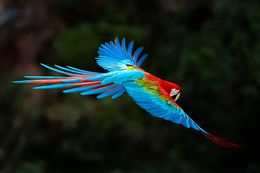

Child with sloth, The Amazon Forest, Brazil
Araquém Alcântara
Photography - 30 x 45 cm Photography - 11.8 x 17.7 inch
£2,799

The Martyrdom of St. Anne
Diana Thorneycroft
Photography - 58.4 x 73.7 x 0.3 cm Photography - 23 x 29 x 0.1 inch
£3,061

Martyrdom of the great one
Diana Thorneycroft
Photography - 58.4 x 73.7 x 0.3 cm Photography - 23 x 29 x 0.1 inch
£3,061

People's history (Indian Home)
Diana Thorneycroft
Photography - 53.3 x 73.7 x 0.3 cm Photography - 21 x 29 x 0.1 inch
£3,061

Maples and Birches with Winnie the Pooh
Diana Thorneycroft
Photography - 58.4 x 73.7 x 0.3 cm Photography - 23 x 29 x 0.1 inch
£3,061

Group of Seven Awkward Moments (The West Wind)
Diana Thorneycroft
Photography - 50.8 x 73.7 x 0.3 cm Photography - 20 x 29 x 0.1 inch
£3,061
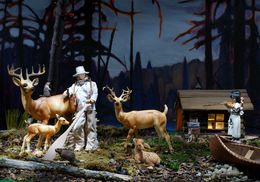
Group of Seven Awkward Moments (Grey Owl and Andhareo at Beaver Swamp)
Diana Thorneycroft
Photography - 50.8 x 73.7 x 0.3 cm Photography - 20 x 29 x 0.1 inch
£3,061
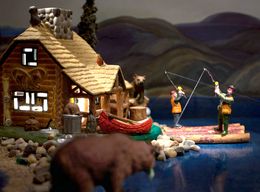
Group of Seven Awkward Moments (Mirror Lake)
Diana Thorneycroft
Photography - 55.9 x 73.7 x 0.3 cm Photography - 22 x 29 x 0.1 inch
£3,061
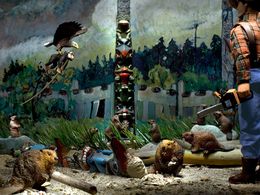
Group of seven awkward moments (Beavers and Woo at Tanoo)
Diana Thorneycroft
Photography - 55.9 x 73.7 x 0.3 cm Photography - 22 x 29 x 0.1 inch
£3,061
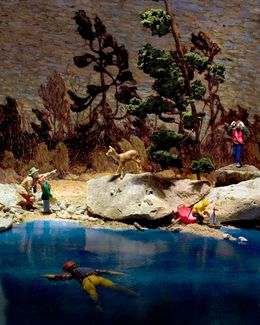
Group of seven awkward moments (Byng Inlet)
Diana Thorneycroft
Photography - 73.7 x 58.4 x 0.3 cm Photography - 29 x 23 x 0.1 inch
£3,411
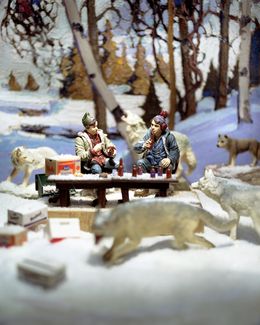
Group of seven awkward moments (Early snow with Bob and Doug)
Diana Thorneycroft
Photography - 73.7 x 58.4 x 0.3 cm Photography - 29 x 23 x 0.1 inch
£3,061

Group of seven awkward moments (northern lights)
Diana Thorneycroft
Photography - 58.4 x 73.7 x 0.3 cm Photography - 23 x 29 x 0.1 inch
£3,061

Winter dancing horses (with accordian playing inseminator)
Diana Thorneycroft
Photography - 73.7 x 111.8 x 0.3 cm Photography - 29 x 44 x 0.1 inch
£3,498

Woodsman (wood gatherer and amputator)
Diana Thorneycroft
Photography - 73.7 x 106.7 x 0.3 cm Photography - 29 x 42 x 0.1 inch
£3,498

Tongue maker (and his habitués)
Diana Thorneycroft
Photography - 73.7 x 111.8 x 0.3 cm Photography - 29 x 44 x 0.1 inch
£3,498

The blind conductor (of the phocomelia drum band)
Diana Thorneycroft
Photography - 58.4 x 88.9 x 0.3 cm Photography - 23 x 35 x 0.1 inch
£3,061

Storm (mother and daughter)
Diana Thorneycroft
Photography - 50.8 x 73.7 x 0.3 cm Photography - 20 x 29 x 0.1 inch
£2,624
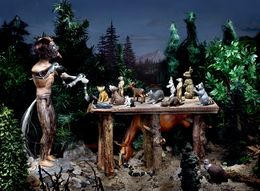
Spot-face boy (chef and snake charmer)
Diana Thorneycroft
Photography - 53.3 x 73.7 x 0.3 cm Photography - 21 x 29 x 0.1 inch
£2,624

Shaman's hut
Diana Thorneycroft
Photography - 53.3 x 73.7 x 0.3 cm Photography - 21 x 29 x 0.1 inch
£2,624
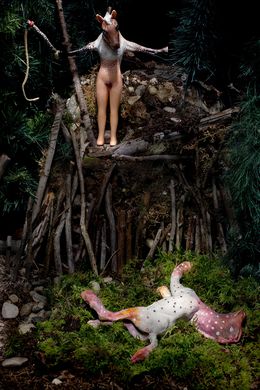
Horse-head Girl (pathologist and pony entertainer)
Diana Thorneycroft
Photography - 111.8 x 73.7 x 0.3 cm Photography - 44 x 29 x 0.1 inch
£3,498

Guard on the Edge (of the forest and the night)
Diana Thorneycroft
Photography - 73.7 x 109.2 x 0.3 cm Photography - 29 x 43 x 0.1 inch
£3,498
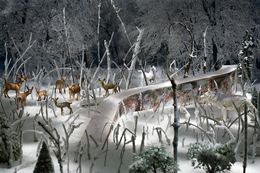
Forest Ruin (with horse and deer)
Diana Thorneycroft
Photography - 73.7 x 111.8 x 0.3 cm Photography - 29 x 44 x 0.1 inch
£2,624
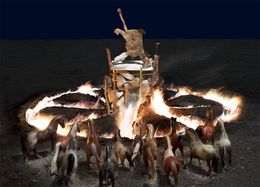
Deity (on fire)
Diana Thorneycroft
Photography - 53.3 x 73.7 x 0.3 cm Photography - 21 x 29 x 0.1 inch
£2,624

Equestrian (nutritionist)
Diana Thorneycroft
Photography - 53.3 x 73.7 x 0.3 cm Photography - 21 x 29 x 0.1 inch
£2,624

Birdmen (ranch hands and members of the selection committee)
Diana Thorneycroft
Photography - 50.8 x 76.2 x 0.3 cm Photography - 20 x 30 x 0.1 inch
£2,624
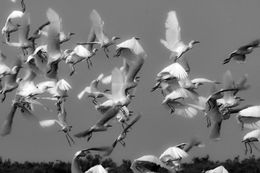

Sur les chemins de Mada
Jean-Guy Nakars
Photography - 46.36 x 60 x 0.1 cm Photography - 18.3 x 23.6 x 0 inch
£393


Le roi sur son territoire
Valentin Pacaut
Photography - 50 x 75 x 0.2 cm Photography - 19.7 x 29.5 x 0.1 inch
£437

Estive kirghize
Valentin Pacaut
Photography - 40 x 60 x 0.3 cm Photography - 15.7 x 23.6 x 0.1 inch
£612
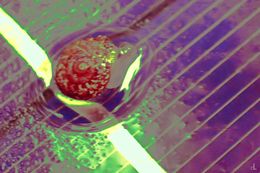
Dans ma bulle...
Christian Lefevre
Photography - 75 x 100 x 0.3 cm Photography - 29.5 x 39.4 x 0.1 inch
£918


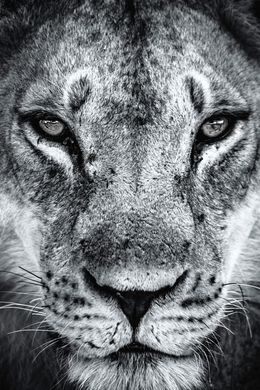
Droit dans les yeux
Valentin Pacaut
Photography - 60 x 40 x 0.2 cm Photography - 23.6 x 15.7 x 0.1 inch
£743
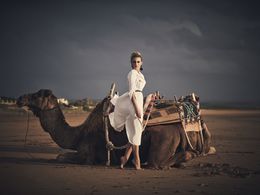
Stories Scheherazade Certified XIII
Grzegorz Sikorski
Photography - 60 x 45 x 0.1 cm Photography - 23.6 x 17.7 x 0 inch
£219

Migration de zèbres
Valentin Pacaut
Photography - 50 x 75 x 0.3 cm Photography - 19.7 x 29.5 x 0.1 inch
£875
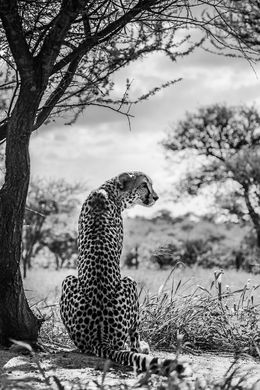
Guépard à l'ombre d'un acacia
Valentin Pacaut
Photography - 75 x 50 x 0.3 cm Photography - 29.5 x 19.7 x 0.1 inch
£1,924

Dance of the Sea
Drew Doggett
Photography - 45.7 x 68.6 x 0.3 cm Photography - 18 x 27 x 0.1 inch
£1,662

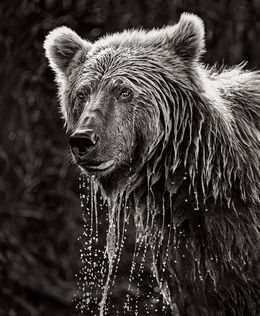
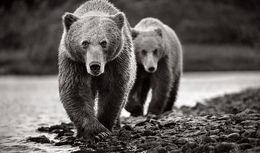
Encounter II
Drew Doggett
Photography - 40.6 x 68.6 x 0.3 cm Photography - 16 x 27 x 0.1 inch
£1,443

Renée's Dream - The Boys (Days of Heaven)
Stefanie Schneider
Photography - 20 x 20 x 0.1 cm Photography - 7.9 x 7.9 x 0 inch
£332
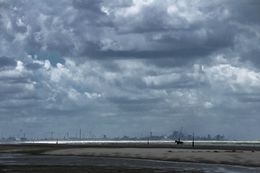

Pêcheur de crevettes
Pierre Moreau
Photography - 50 x 75 x 0.1 cm Photography - 19.7 x 29.5 x 0 inch
£1,662

Captive Metamorphosis
David Cintract
Photography - 30 x 30 x 2 cm Photography - 11.8 x 11.8 x 0.8 inch
£831

Seagull in White Sky - limited edition of 10
Valentin Zaharia
Photography - 101 x 152 x 0.1 cm Photography - 39.8 x 59.8 x 0 inch
£786



Journey to Kilimanjaro
Drew Doggett
Photography - 41.9 x 91.4 x 0.3 cm Photography - 16.5 x 36 x 0.1 inch
£1,920

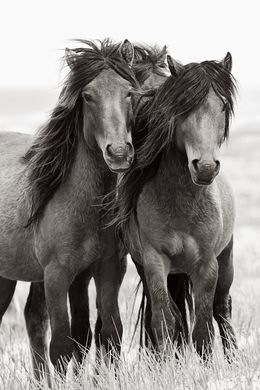

Wisdom's Keepers
Drew Doggett
Photography - 61 x 91.4 x 0.3 cm Photography - 24 x 36 x 0.1 inch
£2,514

Summer's Glory
Drew Doggett
Photography - 45.7 x 68.6 x 0.3 cm Photography - 18 x 27 x 0.1 inch
£1,267

Rhythm and Poise
Drew Doggett
Photography - 55.9 x 91.4 x 0.3 cm Photography - 22 x 36 x 0.1 inch
£1,920

Crossing Time
Drew Doggett
Photography - 43.8 x 91.4 x 0.3 cm Photography - 17.25 x 36 x 0.1 inch
£1,920

Still Life (Animals and Objects)
Larry Snider
Photography - 30 x 40 x 1 cm Photography - 11.8 x 15.7 x 0.4 inch
£262
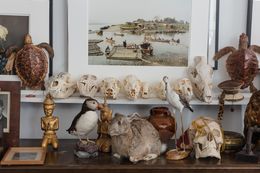
Still Life (Animals and Objects)
Larry Snider
Photography - 30 x 40 x 1 cm Photography - 11.8 x 15.7 x 0.4 inch
£262


Titans of Time
Drew Doggett
Photography - 61 x 91.4 x 0.3 cm Photography - 24 x 36 x 0.1 inch
£3,425


